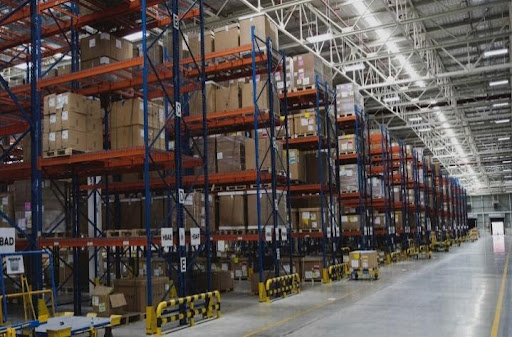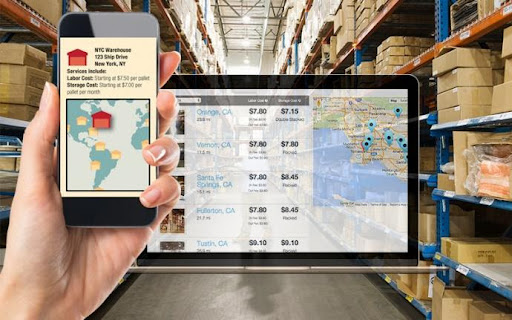The boom of E-commerce and its expectations from next day to within hours delivery had made it clear that the existing traditional methods of warehousing management must transform, many retailers are now shifting to a new flexible and scalable warehousing solution known in industry as On Demand Warehousing.
What is On Demand Warehousing and how does it work?To understand on-demand warehousing, we need to first understand traditional warehousing. In traditional warehousing a company must sign a long-term contract with a service provider with commitment on space, even if the company is not utilizing the committed space, they need to pay the full rent. The long-term contracts are generally for 1 year and if a company wants to evict the warehouse in 6 months, they still need to pay for the remaining period of contract. These commitments constraints the scalability and business decisions are then dependent on logistics set up.
The on-demand model works on pay per use warehousing. The company pays only for the space utilized for the month and there are no long-term contracts. This variable cost model neglects the need for long term contracts and premiums.
For example, if a retailer runs an E-commerce platform that processes all the orders from a single warehouse, when a festival season arrives there is a surge in the number of orders. Now the E-commerce platform is unable to perform on its full efficiency with the limited size of warehouse, so now the retailer must take a decision to invest in a new warehouse or the retailer could choose some temporarily available On Demand Warehousing solution. On such occasions, On Demand Warehousing helps greatly in reducing the warehousing cost.
Though on Demand warehousing can support various industries ranging from the Fast-Moving Consumer Goods (FMCG) to the modern E-Commerce platform, On Demand warehousing helps to a great extent in the short-term warehousing needs. The flexibility of choosing the space and the time of the warehouse required eliminates the need of the huge investment that is needed to hold a warehouse. Also, On Demand Warehousing helps the retailers to add extra capacity according to their requirements over a short period, and at the same time, it helps the retailers by reducing the inventory holding chargers and the transportation cost.
On demand warehousing helps to a great extent in the times of inventory fluctuations. During the time of seasonality trends, brands and retailers are facing a sudden surge in the sales affecting their entire inventory management. During such sudden inventory fluctuations, on demand warehousing can help to manage the inventory levels by adding warehouses and fulfilment centers to cater the increasing demand. Once the peak season gets over, we can return the warehouses instead of being left with some excess unused capacity.
Traditional warehousing techniques are usually a bit expensive, and they demand a fixed investment during the initial phase. Also the unused capacity and services act as a sunk cost, which is a form of loss to the retailer. In the case of On Demand Warehousing, the retailer has the flexibility to pay only for space and time occupied (i.e.) pay per use model. It does not include any long-term lease costs and does not require any huge investment as startup cost.

In on Demand warehousing there is the flexibility of choosing the locations when selecting a warehouse for its operations, whereas in traditional warehousing it is difficult to shift from one service location to another as traditional providers come with a long implementation time. In addition to that, the 3PL service providers can provide their services in dispersed locations.
Unlike the traditional warehousing, on demand warehousing gives the ability to scale up and down your warehousing and fulfilment networks.
As Costs become a growing concern in every warehousing and fulfillment, On Demand Warehousing seems to be an entrenched option for retailers to grow their business as On Demand Warehousing attempts to solve the growing concerns of inventory fluctuations and faster distribution channels.
Get in touch with Godamwale for more details about On Demand Warehousing.
Godomwale is India's largest on demand warehousing network. The company provides on demand warehousing and ecommerce fulfillment in Mumbai, Delhi, Kolkata, Chennai, Hyderabad, Bangalore and 78 other cities. The network includes state of art warehouses all connected with tech and trained manpower to execute any kind of complex operations. This helps companies to move from long term contracts to agile distribution network, scale their business, reduce logistics cost with 3600 visibility of entire supply chain
This blog is contributed by Sriram Surya R. He is currently pursuing MBA from IIM Kashipur with majors in Analytics and holds a graduation degree in Mathematics. During his free time, he is fond of watching foreign language films.

